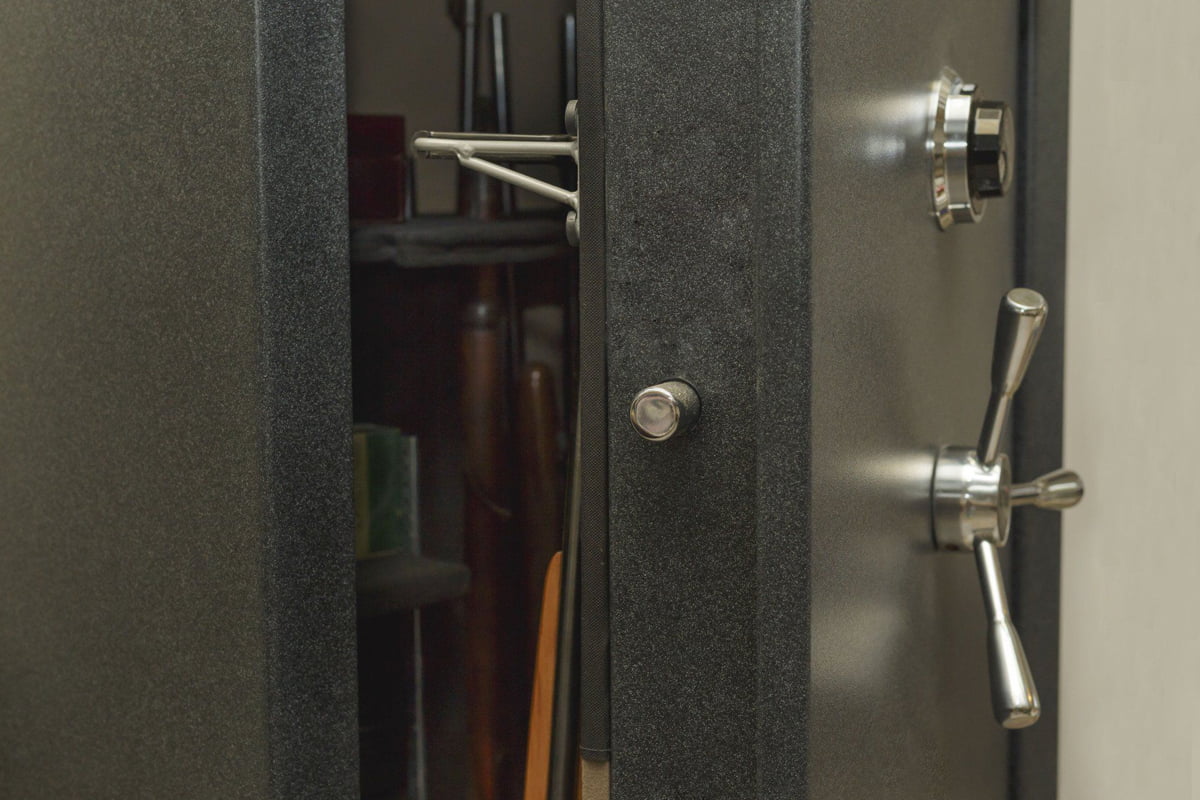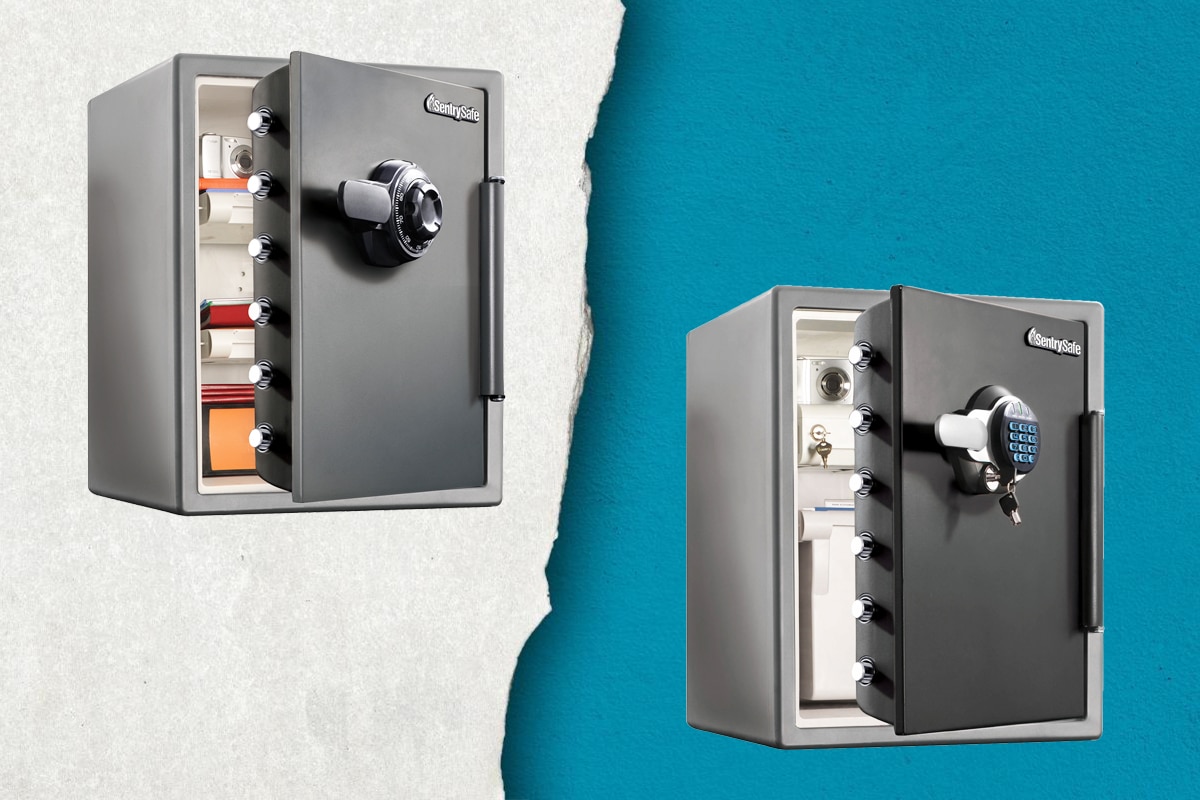What Is a Strand
In the electrical context, a strand is a group of individual wires or conductors twisted or braided together to form a single unit. This process, known as stranding, is essential in creating cables and wires for various electrical applications.
Increased Flexibility and Strength
Stranding wires enhances their flexibility and strength. The resulting strand becomes more resistant to bending and stretching by twisting or braiding multiple wires together. This improved flexibility makes it easier to handle and install in different electrical systems.
Materials and Conductivity
Strands are typically made from materials like copper or aluminum, which are excellent conductors of electricity. The individual wires in a strand are usually very fine, allowing for a higher surface area and better conductivity. The number of wires in a strand can vary depending on the specific application and desired conductor properties.
Advantages of Using a Strand
Using a strand offers flexibility that allows for easy bending and twisting, making it ideal for routing wires through pipes or conduit in walls. The flexibility of a strand also facilitates installation in areas with repetitive motion, such as opening and closing doors.
Another advantage is the strand’s ability to dissipate heat. The air gaps between the individual wires enable better heat dissipation, making it a safer option for carrying current. This is particularly crucial in applications where there is a higher risk of heat generation, such as power transmission and distribution lines.
Disadvantages of Using a Strand
Using strands results in a higher cost compared to solid wire. Additionally, they are more prone to corrosion, especially in outdoor and humid environments. Proper insulation and protection are essential to prevent corrosion and ensure the longevity of strands.








